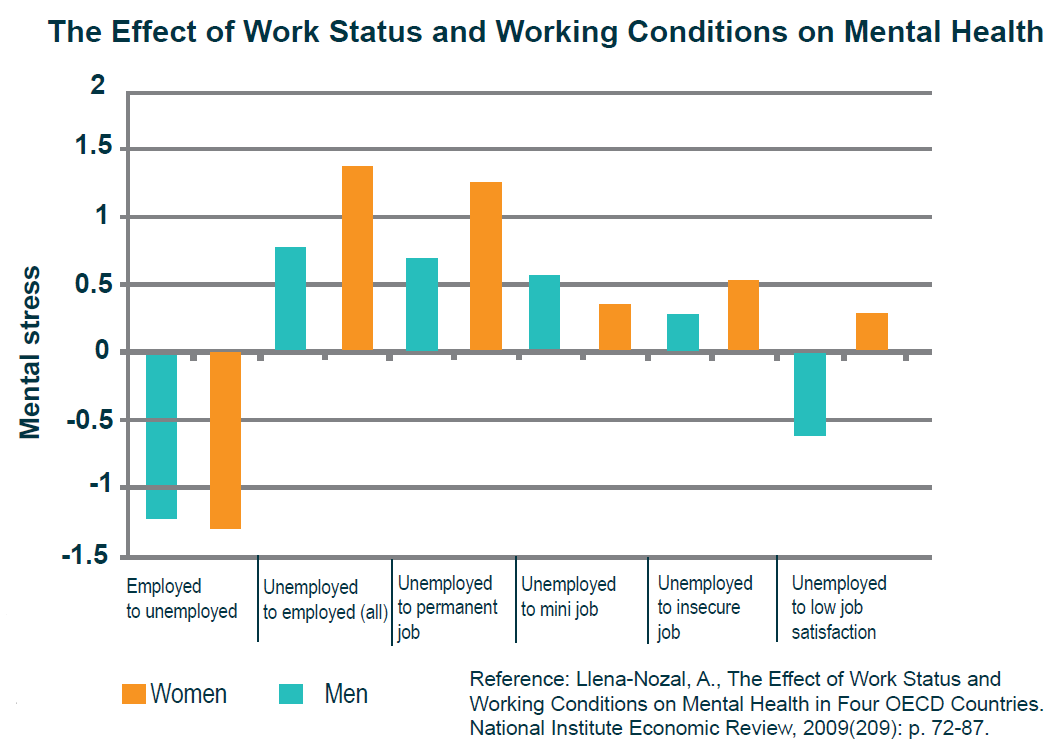How to measure your wellbeing impact: new guidance

Today we share a new guide to help charities understand, measure, evaluate and analyse their wellbeing impact. Ingrid Abreu Scherer, Programme Manager at the Centre, explains why we need the guide, and how it can help you, even if you’re not a data scientist.
People are complicated, and measuring traditional outcomes can sometimes hide this complexity – and thereby hide the full impact of your activities.
At the Centre we study this complexity, and the different things that make up our wellbeing: the quality of our health, work, relationships; how happy, anxious or satisfied we feel; how confident, purposeful, or connected our lives are. It’s all interconnected, and changes many times over the course of our lives.
Wellbeing can be measured by looking at observable factors (like employment), as well as by looking at factors that are subjective to the person experiencing them, like how safe we feel.

Charities and social enterprises have an impact on wellbeing of the people and, in most cases, the communities they work with. Hopefully they improve wellbeing. But they may also make people’s wellbeing decrease, even while achieving their organisational mission.
For example – if a family is constantly being moved from one temporary housing to the next, they will at any point be considered to be ‘in housing’. However, the benefits of having a place to live may be undermined by the stress and uncertainty of constantly moving, by the inability of children to have stable schooling or friendships, and by the lack of connection to the local area. Just measuring a family’s housing situation is not going to give us a full picture of their wellbeing.
We know work is important for wellbeing, but if a new job leaves the newly-employed person feeling more isolated and unsafe, the unintended consequence is lower wellbeing. Having a job is good – but having a good quality job is better, as the graph below shows.

You probably already knew this. And if you work in a voluntary, community or charity organisation, you also probably design your services and approach around the complexities of people’s lives.
So why doesn’t the way we measure our impact, for the most part, take this complexity into account as well? Why do we still tend to focus on traditional outcomes, while so often missing out on evaluating vital wellbeing impacts?
We think there might be a number of reasons:
- There’s not been, until now, a clear and simple way to understand, measure and analyse the wellbeing data
- There’s a need to make a stronger case for valuing wellbeing impact
- Some wellbeing impacts – like confidence or sense of belonging – are often taken for granted by voluntary and community groups, and not worth measuring
- There’s a need for a reliable framework – based on evidence and robust methods – that the sector can use, and which is accepted by funders and commissioners
- Funders and commissioners are not always asking for wellbeing impacts to be measured
- Organisations may have been collecting the information in different ways, without knowing how to compare impact between projects – within the same rganization, within areas, or across sectors.
Whether you want to improve health, education or employment, measuring wellbeing can show you the wider impact you have on the people and communities you support.
How to Measure Wellbeing Impact will help you put together a simple questionnaire to measure the wellbeing of the people you work with – whether you write your own or use tried and tested questions.
It will help you understand how to compare your different projects, and see the impact you’re having overall. You can also find out how to compare your results against the national, regional or local averages to make the case for your service.
Ultimately, our hope is that measuring wellbeing will help you understand your projects better. By developing your own wellbeing survey, and linking your findings to data you already collect, you’ll understand your full impact on people’s wellbeing. You’ll also find out what works to improve wellbeing and why.
Beyond your organisation, wellbeing measures can help us create a bigger picture. If organisations use consistent measures and share their results with us, we can start to build a better, bigger picture of what works. And identify strengths, and where there’s room for improvement across the sector.
